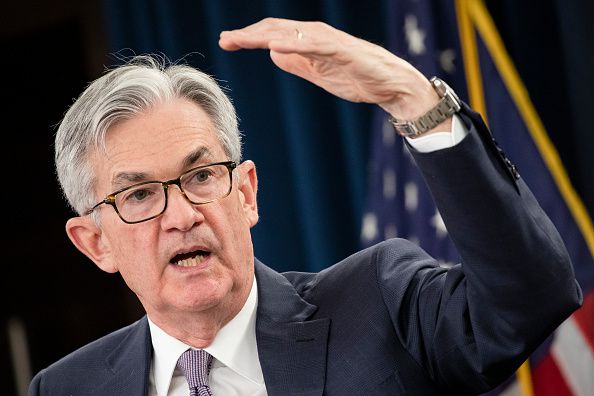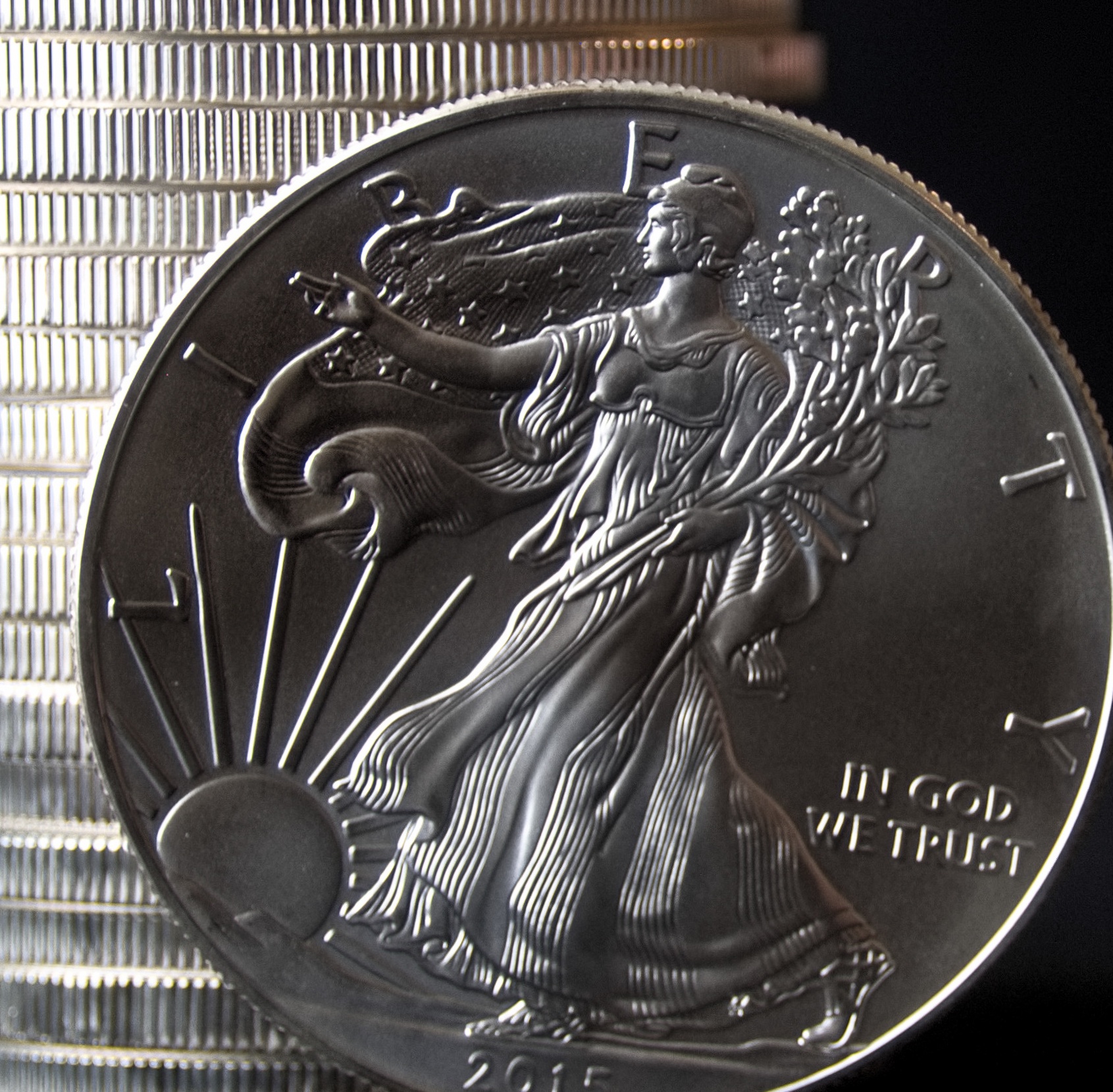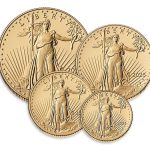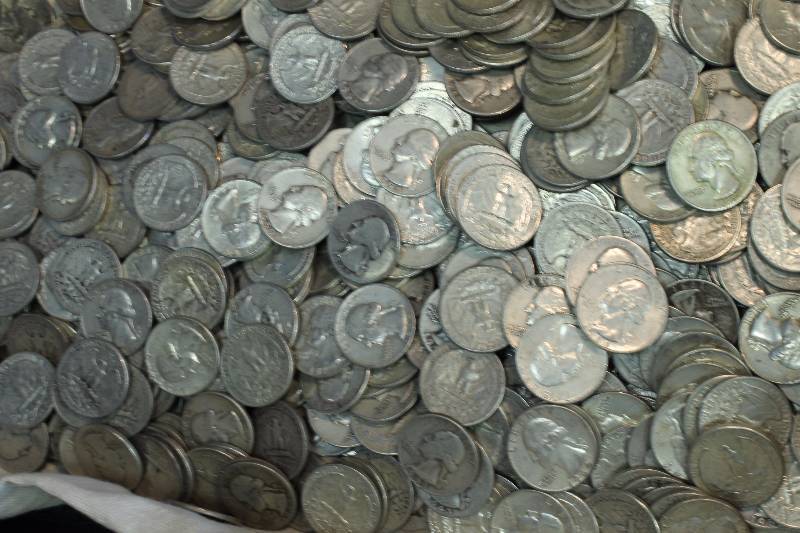The US Mint operates with a lean business model that operates in a just-in-time manner, managing incoming blank planchets from designated materials suppliers based on sales demand from Authorized Purchasers as a gauge of investor demand.
Keeping up with investors demand has been a difficult task for the US Mint. The pandemic lockdowns caused a total shut down of mint operations, forced mine closures and caused other widespread disruptions throughout industrial supply chains.
Problems for the Mint only got worse as investor demand for bullion investment coins skyrocketed because of the pandemic. For a few months, the minting of Silver Eagle coins was secretly shifted to the Philadelphia Mint for the first time in history as backorders began to pile up.
The US Mint is required by law to mint Silver Eagle coins in quantities “sufficient to meet public demand.” However, data provided in recent mintage reports shows monthly sales of the coins are down significantly when compared to the same period in 2021.
The latest reports show that for January, monthly sales totals were 3,949,000 coins. Most of these coins were minted during the final months of 2022 when the mint announced it would start minting the coins early. The mint stockpiled the coins, waiting to ship them to bullion dealers until after the start of the year. Did they hedge the price of silver during that time?
Since then, the mint appears to be on track to shipping only 900,000 coins per month, consistently. Far less than the monthly sales volumes reported just a few years ago.
For 2021, the monthly sales figures for February, March and April of that year being: 3,191,500, 4,087,000 and 1,053,000 respectively.
So far, the Mint has provided no explanation for the current production shortages, leaving investors shopping for silver bullion coins looking at options from alternative government mints.
Both the Perth Mint and Royal Mint have announced reaching historical sales records in recent years. Silver bullion coins from both mints have significantly lower wholesale and retail premiums as those mints. Neither appear to be having issues keeping up with demand from investors or industry.
At the retail level, premiums have, at times, exceeded 90% over spot price per ounce. The wholesale premiums that dealers pay to Authorized Purchasers has reached historic highs as well, forcing retail dealers to offer record prices over spot on buy backs. Some long-term silver investors have been able to take advantage of the current price spread compared to retail premiums paid several years ago.
The Mint also pointed to production and supply chain issues in its decision to the postpone the production of the Morgan and Peace $1 silver coins that were highly anticipated by investors and collectors in 2022.
Investors have grown extremely frustrated with premiums on Silver Eagles and lost faith in the US Mint. Most have already started to buy silver coins from foreign governments that are able to provide a dependable and continuous supply of investment grade precious metals.
Rising base metal prices are reportedly to blame for the effecting traditional minting of circulated coinage. The cost to produce pennies and nickels continues to increase with tremendous uncertainty in global metals markets.
With the cost for minting each penny being roughly 2.5 cents, and nickels topping 7.42 cents, total losses on these coins have been steep, with pennies taking a net loss of $92.7 million to produce, and nickels losing a total of $78 million, totaling $171 million in gross loss.






